
Published on June 23 first images of the new Vera Rubin Observatory, showing more than 10 million galaxies around the Virgo cluster, are striking in their detail.
The human eye cannot fully capture the full 3200 megapixel image. However, astronomers have made a massively scaled-up version of the image that includes incredible close-ups of space objects. Here are 6 of the most interesting ones.
Spiral galaxy Messier 61
This galaxy, located at a distance of about 55 million light-years from Earth, hints to astronomers that our galaxy The Milky Way looks like from the outside . M61 has highly curved, spiral arms and a bright galactic nucleus with a supermassive black hole. Astronomers first discovered it in 1779. Today, despite its distance, it can be seen through a high-quality telescope in your backyard.
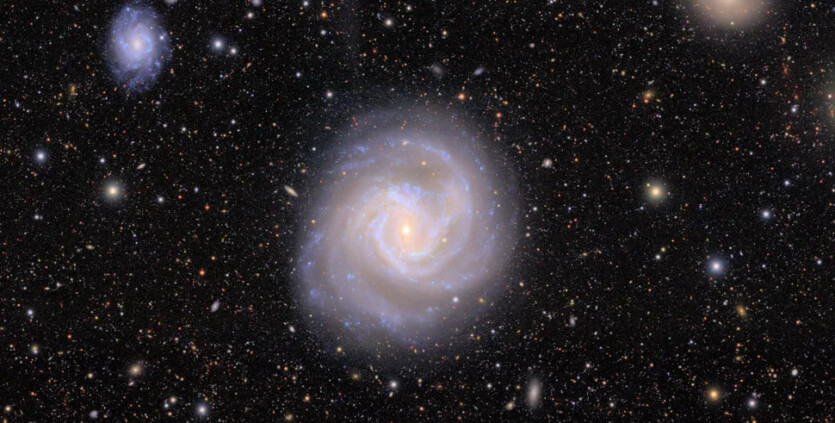
Collision of three spiral galaxies
Three spiral galaxies that are too close to each other are stretched by gravity and gradually merge into one. Such mergers are not unusual in the cosmos. According to scientists, our Milky Way galaxy has merged with other galaxies at least 15 times over the past 12 billion years.
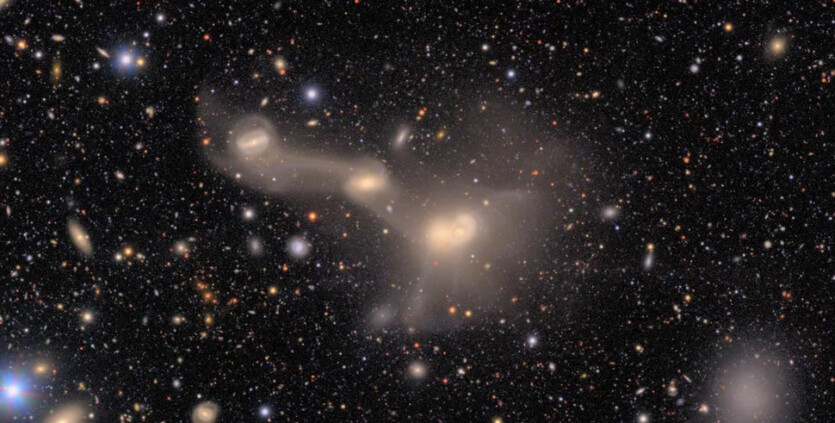
Bright nearby stars
In addition to the distant objects in the Virgo cluster, the 8.4-meter LSST telescope captured a small number of relatively of bright stars close to us. They are detected by their characteristic diffraction rays and glow with a reddish tint — the effects of light scattering inside the telescope. They are located within our Milky Way galaxy. Their detection helps astronomers to separate these stars from distant galaxies.
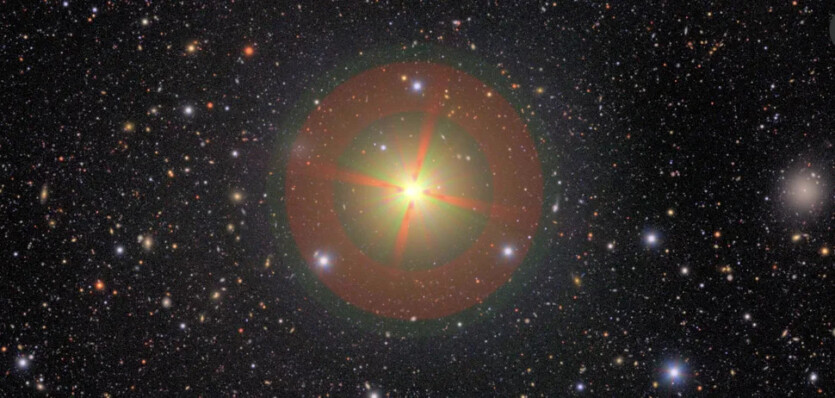
A large galactic cluster
Clusters of galaxies are the largest objects in the Universe that are bound by gravity. According to NASA, the Virgo cluster includes about 2 thousand galaxies that orbit relatively close to each other. However, images from the Vera Rubin Observatory show what this cluster looks like from the outside. Each blurry orange blob of light in this part of the image is a galaxy with billions of stars.
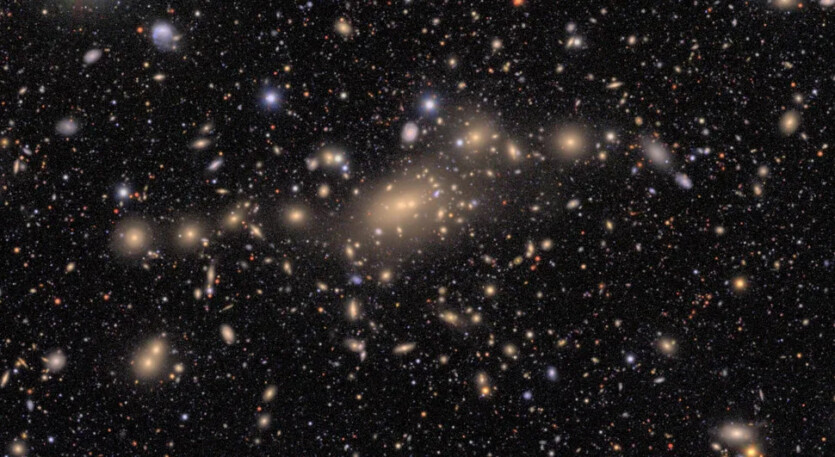
Faint bands of gas and dust bridge the gaps between distant galaxies. Although it is impossible to detect with the naked eye, our home galaxy is part of a similar cluster called the Virgo Supercluster, which contains both the Local Group (a group of galaxies that includes the Milky Way) and the Virgo Cluster.
Galaxies that respect each other’s borders
Two spiral galaxies, which are similar to each other, miraculously coexist without breaking the boundaries. The reason lies in a small optical illusion. Although the galaxies appear to be located next to each other, one of them is much deeper in space than the other.
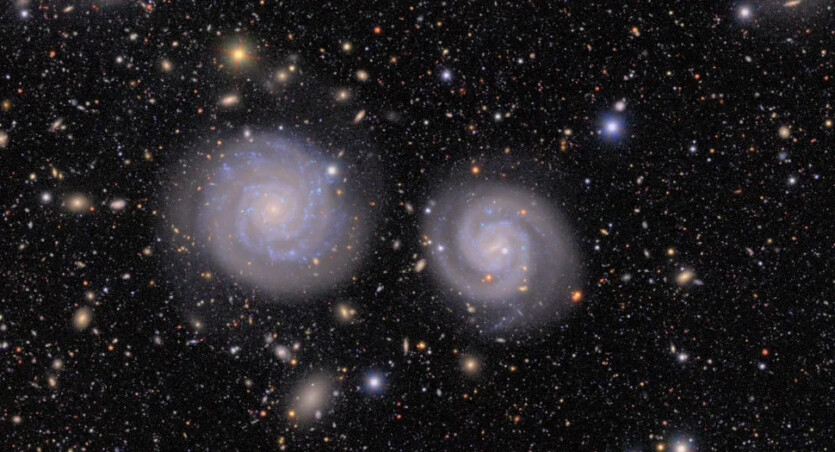
According to astronomers from the Vera C. Rubin Observatory, The galaxy on the right (NGC 4411) is about 50 million light-years from Earth, while the galaxy on the left (NGC 4411b) is more than 70 million light-years away.
The galaxy NGC 4343
The long beams of bright light scattered throughout the image are in many cases spiral galaxies, tilted so that they appear flattened to us. Even if you look closely at the galaxy NGC 4343, you won’t be able to see its spiral arms. However, you can see an active galactic nucleus that feeds a supermassive black hole.
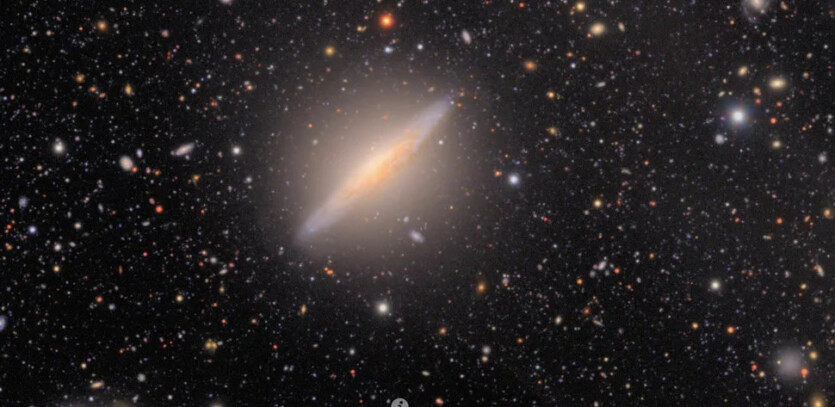
The first images of the Vera Rubin Observatory: 10 million galaxies and more
Source: LiveScience

Spelling error report
The following text will be sent to our editors: